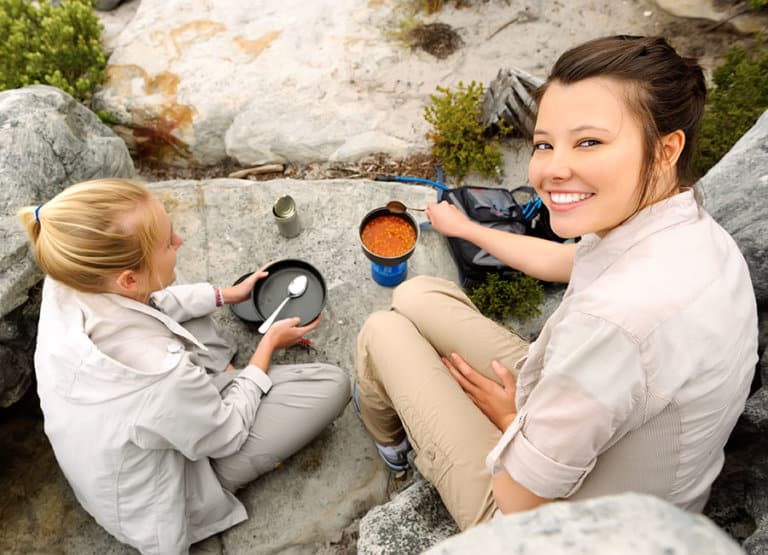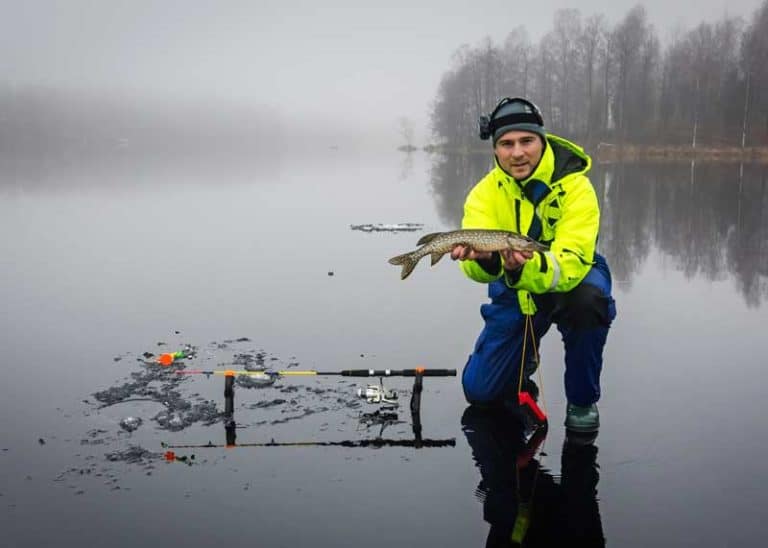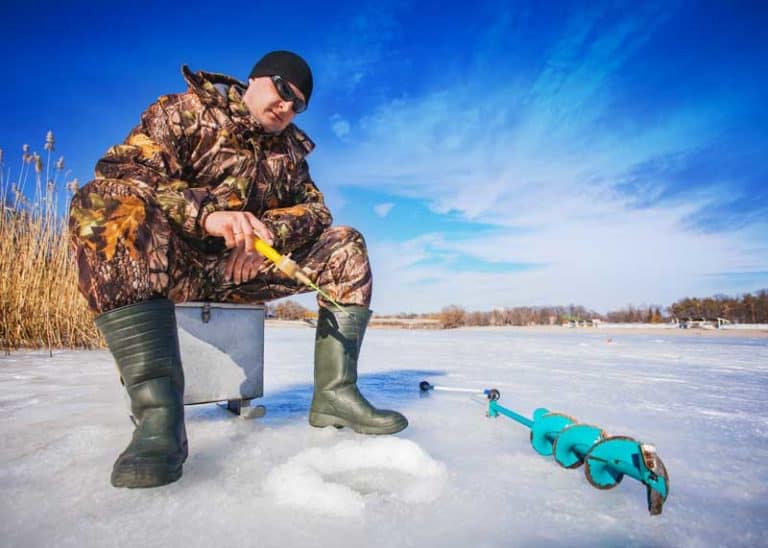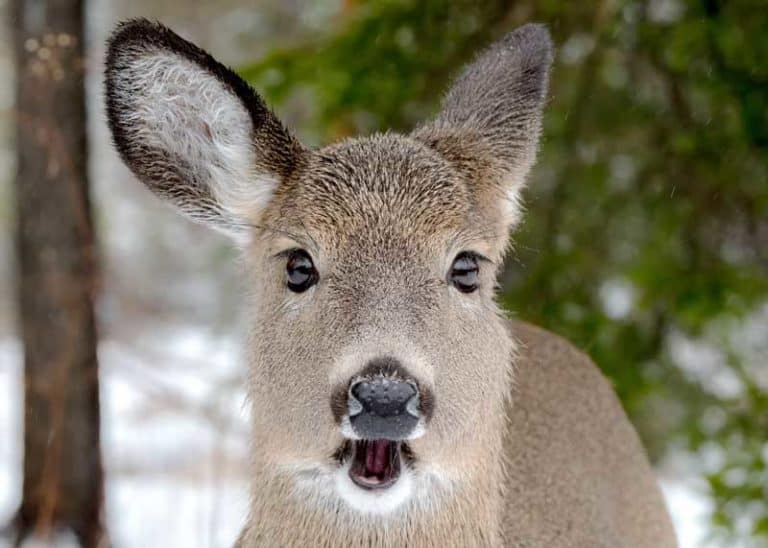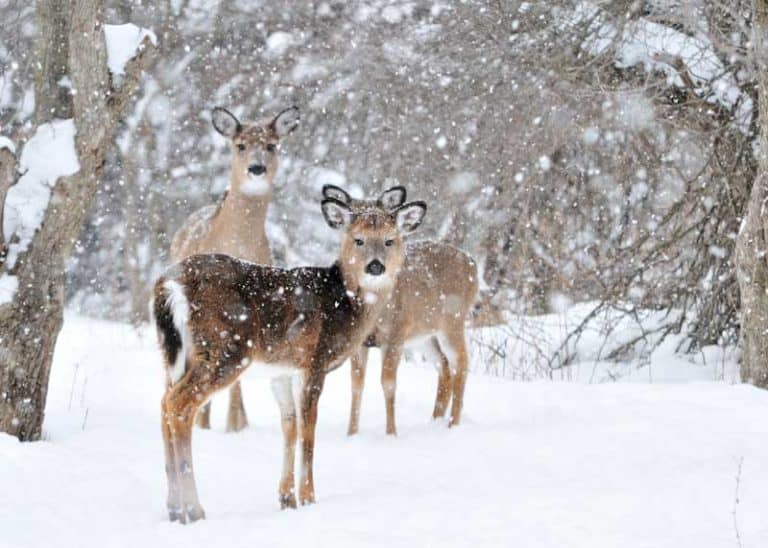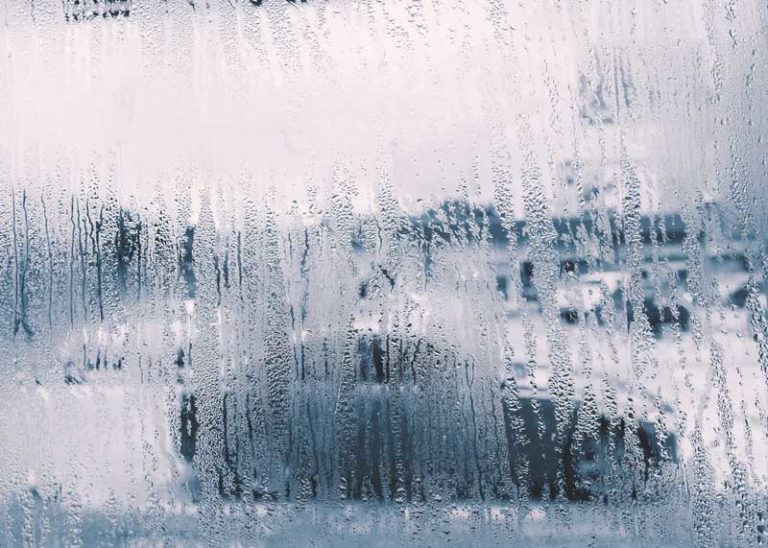How to Build the Best Winter Campfire (and Cook Like a Boss)
Making a campfire isn’t super hard. Here are 6 easy methods. But making a fire in the snow is something else. In this post, you’ll learn how to build the best winter campfire – and cook on it like a boss.

How to Build the Best Winter Campfire
There’s nothing like sitting around a campfire on a chilly night laughing and toasting your marshmallows or making s’mores (check out these campfire recipes).
There is something about a campfire that is comforting and brings people together.
At the end of the post, I’ve included a pretty nice video of a campfire in a snowstorm – super relaxing.

Check out our full Guide to Winter Camping
Making your Winter Campfire
During winter things in the outdoors tend to stay a little damper than usual. Wood takes longer to dry, kindling can retain moisture and this means that collecting your fuel is best done as one of the first things when you arrive at your campsite.
Get it up off the ground to allow circulation, this helps it to dry quicker. Splitting larger logs into smaller ones also helps them dry faster.
All of these little tricks make better fuel for your fire so it holds a more constant heat which is better for cooking. Plus, wet wood smokes more and no-one likes trying to cook with smoke stinging their eyes.
Handy Hint: Try to collect wood from rocky areas with better drainage, if there are any.
How to make your campfire
The three things that make up a fire are fuel, oxygen, and ignition.
In the winter, dry fuel will be your biggest concern.
If you build your fire with sufficient airflow, it’ll have plenty of oxygen. And if you remember to bring matches or fire starter (that still works when wet), you have your ignition source.
Here’s how to start a fire without matches.
For those of you new to camping, it’s okay, we’ll go through it step by step so you have an amazing cooking fire in no time.
The first thing you want is to build a fire that will provide a good coal base for cooking. A log cabin fire is good for this. It’s different than your traditional teepee style fire that burns hot and fast.
For cooking, you want a slower more even heat source just like at home on the stove.
Here’s how to build a log cabin fire:
- Dig a small trench (1”) to allow air to come up into the fire.
- Lay your tinder over the trench (the really small stuff that lights easily like leaves and small twigs)
- Now take your logs, the bigger ones that are the fuel, and place one on either side of the fire. Take two more and lay them on top of the ends of the first two logs. Fill the area in between with the kindling (bigger sticks) to form a platform and fill that with more tinder (small stuff)
- Add two more logs resting on the ends of these to make the next layer and fill the area in between with kindling once again. Continue this to make three layers and finally on the top lay your largest kindling.
- Light the fire at the bottom, underneath and it will catch the top layers quickly.
This fire needs little maintenance and as each layer caves in it provides an excellent base of coals to cook on.
Now you can place a grill over the top, resting on the top logs above the coals or you can place a dutch oven down into the coals to make everything from stews to cakes and bread.
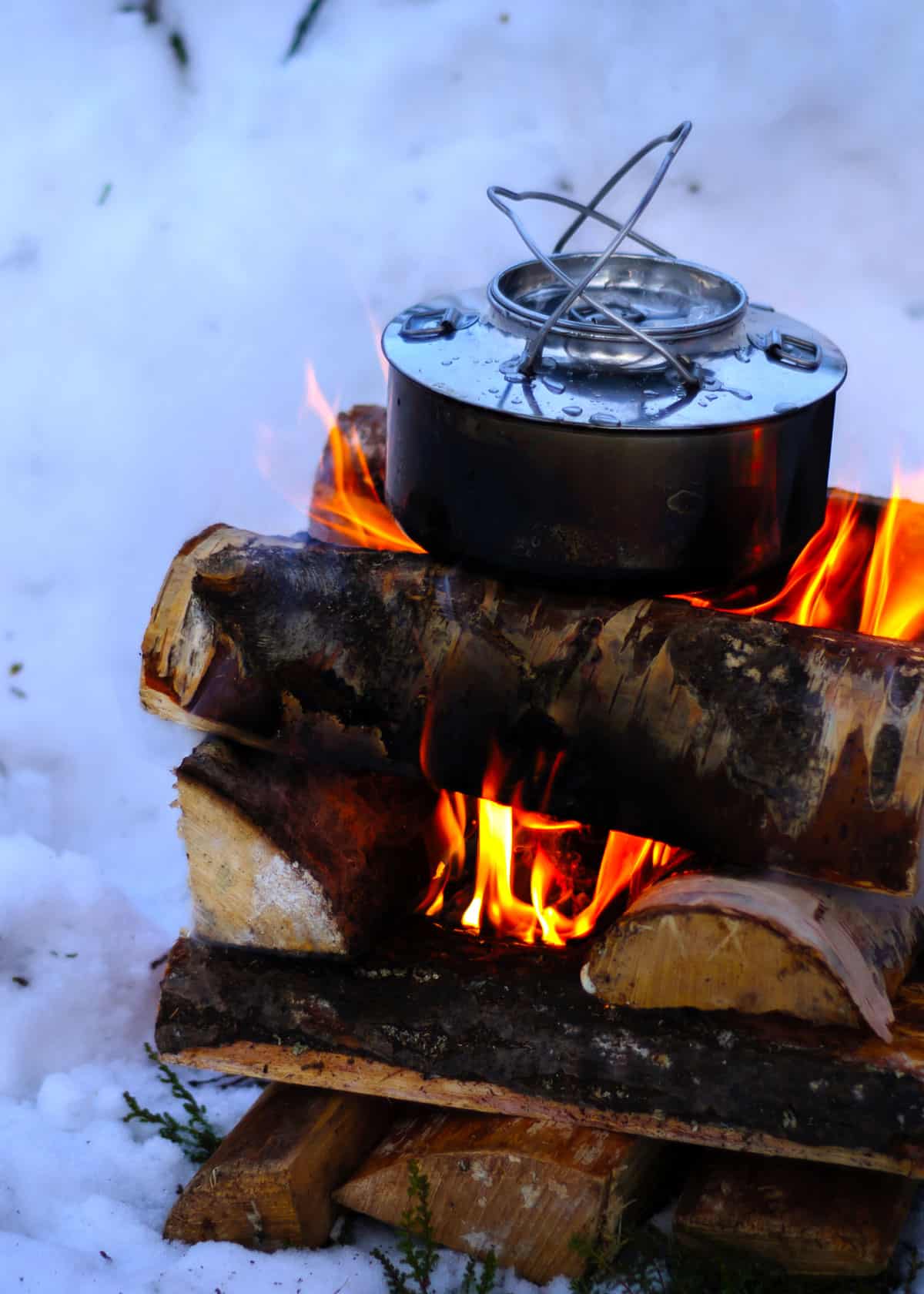
More reading: How hot is a campfire?
5 Types of Campfire Cooking
You can make anything on a campfire these days and there are some amazing campfire cookbooks out there to fill you full of inspiration for your next camping trip. All you have to do is decide on the type of cooking you would like to do.
Yes, s’mores delicious warm gooeyness is amazing but we can’t in good conscience tell you to make them as your dinner.
It’s tempting and I’m sure we’ve all done it, but we’ll save those as some fun to have after dinner.
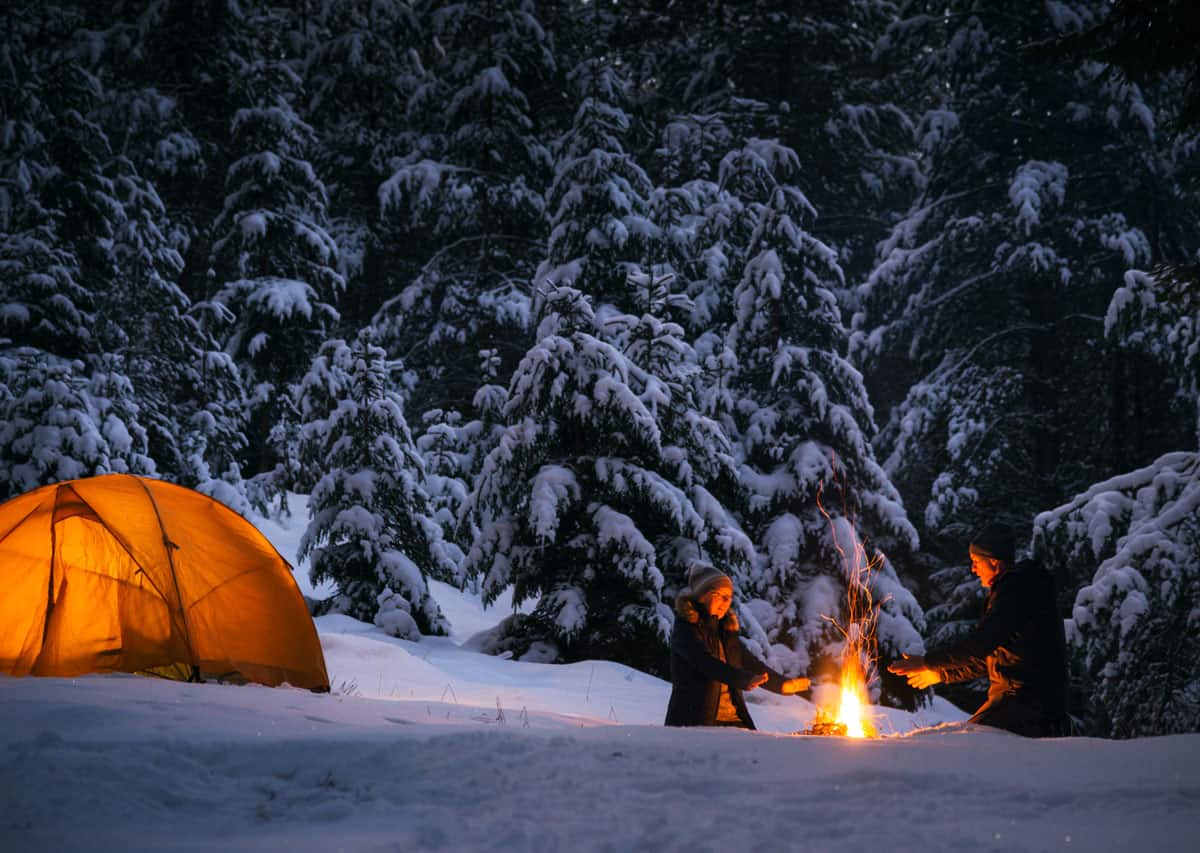
More reading: Campfire Cooking Guide
Quick, easy and delicious is what you want for camping. Total crowd-pleasers like hot dogs, hamburgers or freshly caught fish are great for dinner, and pancakes for breakfast are always good but in winter sometimes you want those hearty hot meals that leave everyone full and content.
There are six main types of cooking – let’s take a quick look at each.
1. In the coals
Cooking in coals can be done one of two ways.
The first way is that food can be wrapped in aluminum foil individually and placed on the coals like fish, or, it can be buried in the coals so it cooks evenly like you would do with a potato or other vegetables. The good thing about this is that it is so easy.
Just add your seasoning of choice, wrap it up and walk away. It cooks itself. Often quicker than using a saucepan, cooking foil also has the added benefit of no dirty dishes.
Wrapping a packet of vegetables such as beans, corn or carrots in foil means they cook quickly to add with your meat that is grilling up on the grill.
Plus, doing it this way means you make the most of all of your cooking spaces and don’t have to pack as many pots n pans.
The second way to cook in the coals is with a dutch oven. These cast iron pots are like an outdoor oven and you can cook just about anything in them.
Slow cooking meats until they are so tender they melt in your mouth or bake a loaf of bread, they are extremely versatile and easy to use to create taste sensations that will have friends and family begging for more.
2. On the Grill
This is quite possibly the most popular way to cook over a campfire.
And everyone loves hot dogs, hamburgers and let’s not forget the good old bacon and eggs on a frosty morning to give you enough energy for that full day of hiking you have planned.
Resting a grill on top of a log cabin fire provides a large cooking area enabling you to cook anything you wish over the even heat. It heats quickly, cooks fast and can be used sooner than if you were cooking in a dutch oven as it doesn’t need as large a bed of coals.
3. Suspended over Flames
Setting up a metal teepee stand and suspending a pot over the flames is another way to cook, but the one that takes the longest.
It’s great for reheating homemade meals like stew or a good pot of chili and the beauty of this is that you can make them at home and then just place the pot over the fire. Easy as that.
The reason it takes longer is that because it’s suspended means it is usually further away from the flames and therefore when the wind blows the flames a certain way the heat source isn’t even.
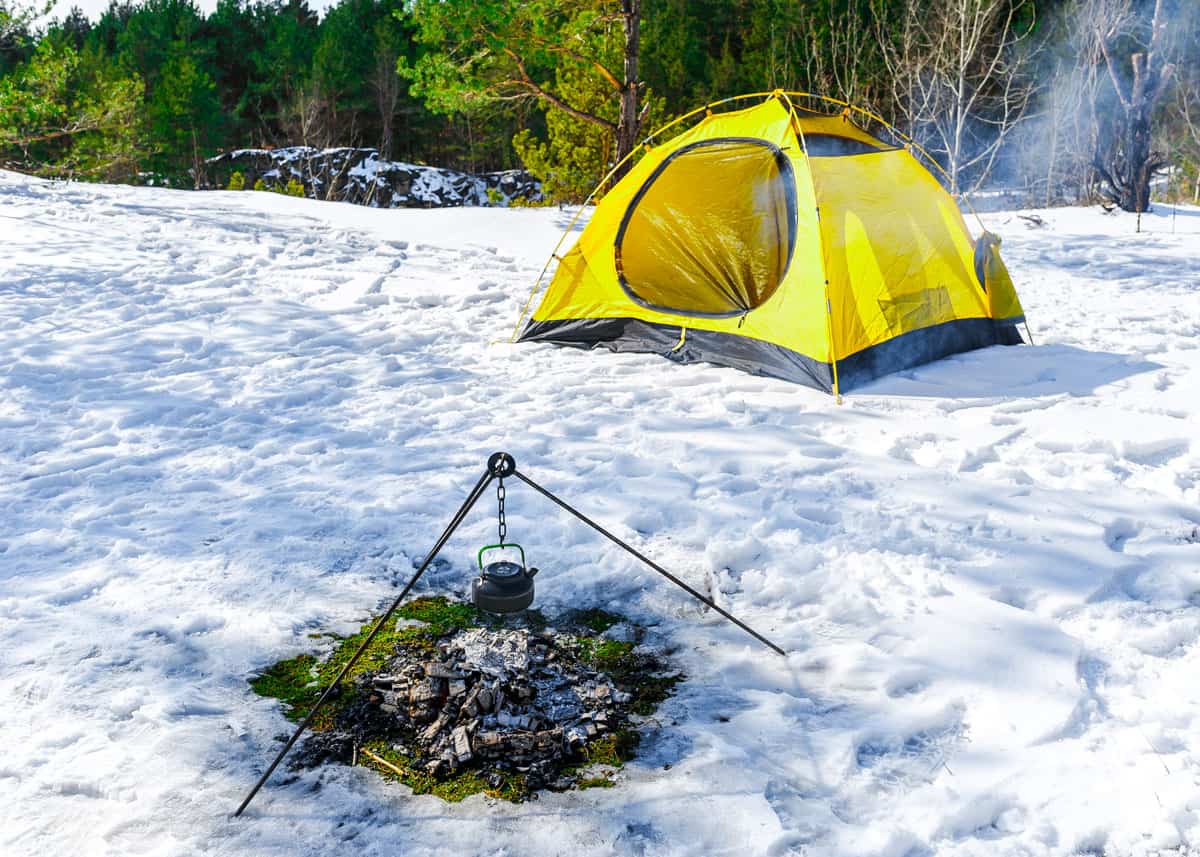
4. One pot meals
You know those ‘throw everything in a pot and let it simmer’ type meals such as chili or a good stew are not only easy but provide a healthy and hearty winter meal that satisfies everyone.
Plus, they have the added benefit of being easy to throw together and are low maintenance. Just add the ingredients and walk away, only stirring occasionally. Another option is to pre-make them and just reheat.
This can be done in a pot on the grill, in a dutch oven, or suspended above the flames.
5. Roasting
Hotdogs, all forms of sausage and anything else you want to put on a stick is a fun way for the kids to help make dinner on those wintery nights.
Everyone stays nice and warm close to the fire, everyone helps cook and there’s less cleaning up which is also great for keeping animals (that want to lick the pots after you go to bed) out of your campsite .
Handy Hint: It’s a good idea to think about and do up a little meal plan before you go. That way you know you have enough hearty filling winter meals and can pre-cook some to cut down on your workload giving you more time to relax.
Now that we’ve talked all about how to build the best winter campfire, cook, and stay safe – let’s relax for a little while with this relaxing snowy drive video.
Check out our guide to 12 Essential Campfire Safety Tips
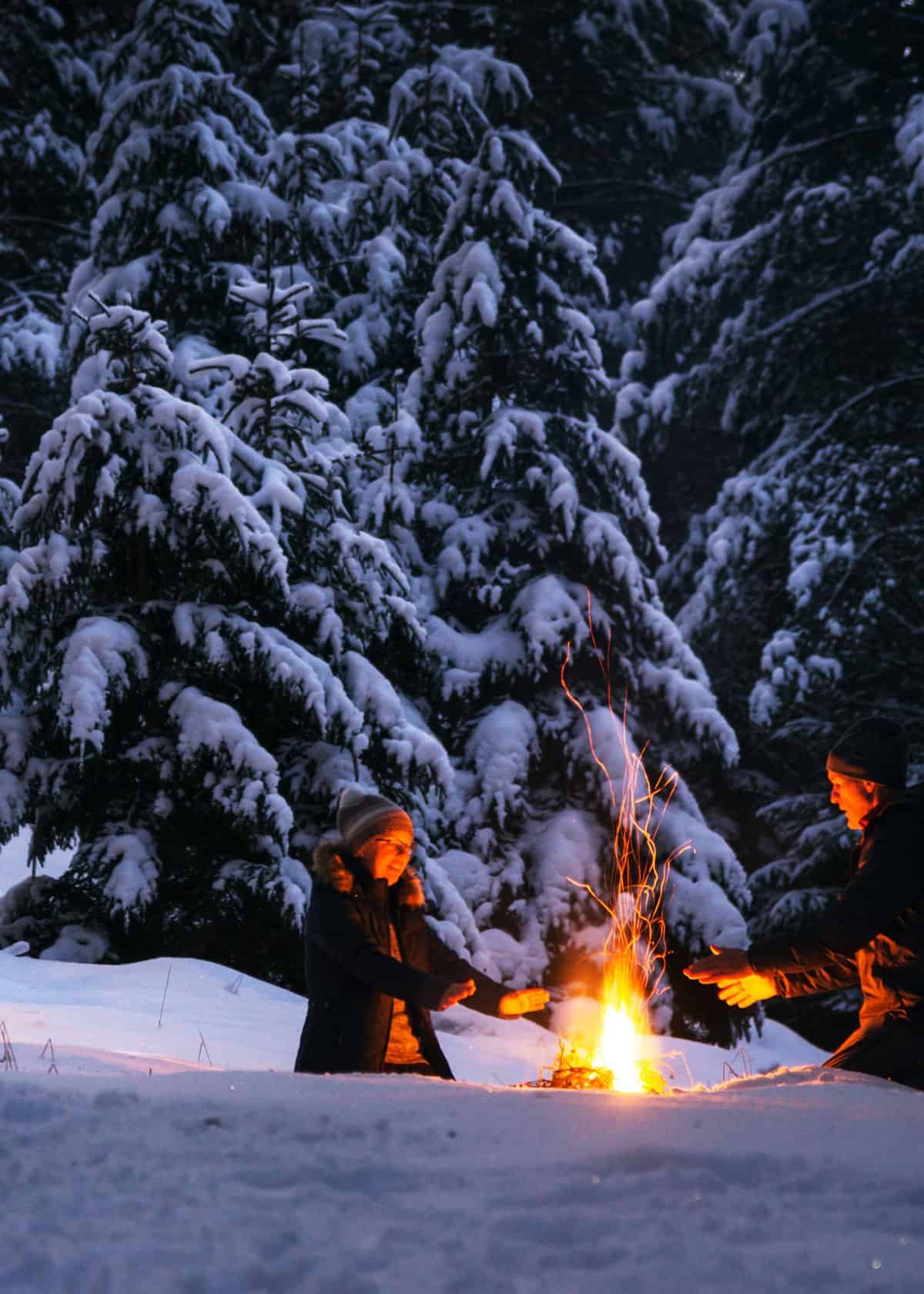
With all of these tips and tricks you now have everything you need to build your perfect cooking campfire and cook like a boss!
Have a suggestion or tip to share? Please join me in the comments!

